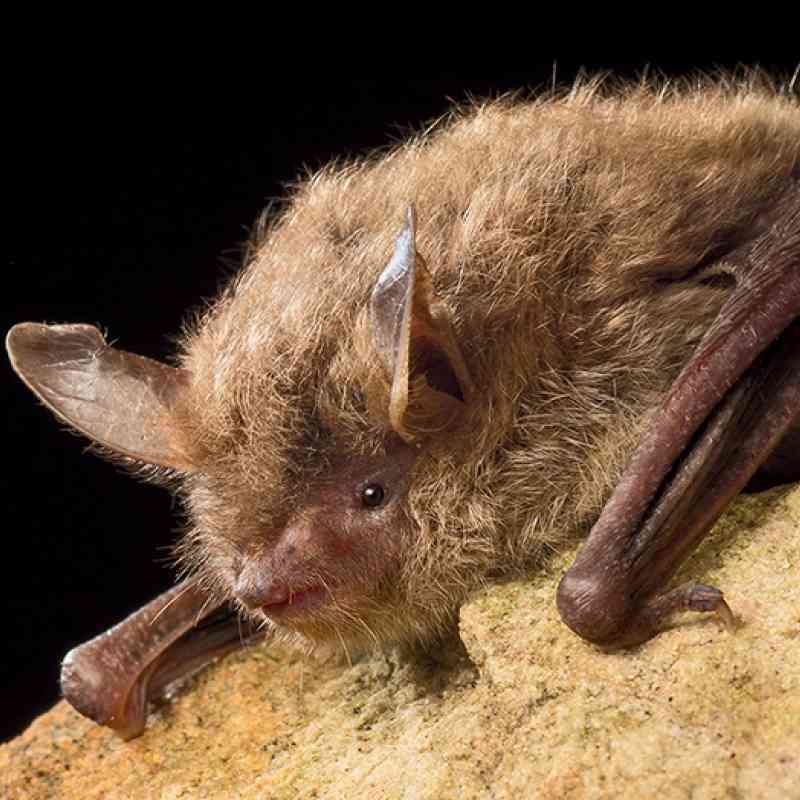TUCSON, Ariz.—The Center for Biological Diversity and Defenders of Wildlife filed a lawsuit today against the U.S. Fish and Wildlife Service over the agency’s denial of Endangered Species Act protection to cactus ferruginous pygmy owls. The groups petitioned to have the pygmy owl’s endangered status restored across the Sonoran Desert of Arizona and Mexico in 2007. Although the agency acknowledged that the pygmy owl faces many threats in the Sonoran Desert, and that the region is important to the species as a whole, it denied the petition anyway.
“Pygmy owls need Endangered Species Act protection to survive in the Sonoran Desert of Arizona and Mexico,” said Noah Greenwald, endangered species director at the Center for Biological Diversity and primary author of the petition. “These owls used to be common in southern Arizona — now there aren’t even 50 of the tiny birds left. They’ve been killed off by sprawl and the loss of riparian forest.”
The agency’s denial of protection for the pygmy owl is based on a proposed policy that limits when species that are endangered in portions of their range can receive protection. The Endangered Species Act defines an endangered species as any “in danger of extinction in all or a significant of portion of its range,” meaning that a species need not be at risk everywhere it occurs to qualify for protection. Under the proposed policy, species that are endangered in portions of their range, like the pygmy owl, only qualify for protection if loss of that portion threatens the survival of the species as a whole. This is a much higher threshold than has been used before and bodes ill for protected species.
Although the policy has not yet been finalized, the agency relied on its reasoning to reverse course and deny the pygmy owl protection. In a draft finding obtained through the Freedom of Information Act, the agency determined that the Sonoran Desert qualified as a “significant portion of its range” and therefore the pygmy owl warranted protection. In particular, it found that Sonoran Desert pygmy owls are important to the adaptability of the species because they occur in a hotter drier setting and thus may be better able to adapt to a warming world. Following development of the new policy, however, the agency reversed course and determined that loss of pygmy owls from the Sonoran Desert would not endanger the species as a whole; it therefore denied protection.
“This wrongheaded decision denying protection to the highly endangered pygmy owl should be reversed,” said Jason Rylander, a staff attorney with Defenders of Wildlife. “It also shows that the proposed policy on significant portion of range will result in denial of protection to species that clearly need them. The policy will wrongly delay protection until species are in absolutely dire straits and on the very brink of extinction, making recovery a difficult uphill slog.”
In response to a 1992 petition from the Center for Biological Diversity, the pygmy owl was protected as an endangered species in Arizona from 1997 to 2006. In 2003, a federal court ordered the Fish and Wildlife Service to better explain its decision that the Arizona population is “distinct” from birds in Mexico, resulting in the agency removing protections. The population in Arizona is perilously small, likely numbering fewer than 50 birds. Likewise, in northern Sonora, surveys demonstrate that pygmy owls have been declining. As Fish and Wildlife acknowledges, threats across the Sonoran Desert from forces including urban sprawl, invasive species, fire and drought are severe.
“Sonoran Desert pygmy owls are unique and deserve our care,” said Greenwald. “And protection of these small, daytime owls has proven to be a great boon for southern Arizona’s people by helping preserve native Sonoran Desert habitats that are a source of solace and joy.”
The groups are represented by Meyer, Glitzenstein & Crystal.
The Center for Biological Diversity is a national, nonprofit conservation organization with more than 375,000 members and online activists dedicated to the protection of endangered species and wild places.
Defenders of Wildlife is dedicated to the protection of all native animals and plants in their natural communities. With more than 1 million members and activists, Defenders of Wildlife is a leading advocate for innovative solutions to safeguard our wildlife heritage for generations to come.
Defenders of Wildlife is celebrating 75 years of protecting all native animals and plants in their natural communities. With a nationwide network of nearly 2.2 million members and activists, Defenders of Wildlife is a leading advocate for innovative solutions to safeguard our wildlife heritage for generations to come. For more information, visit defenders.org/newsroom and follow us on Twitter @Defenders.

